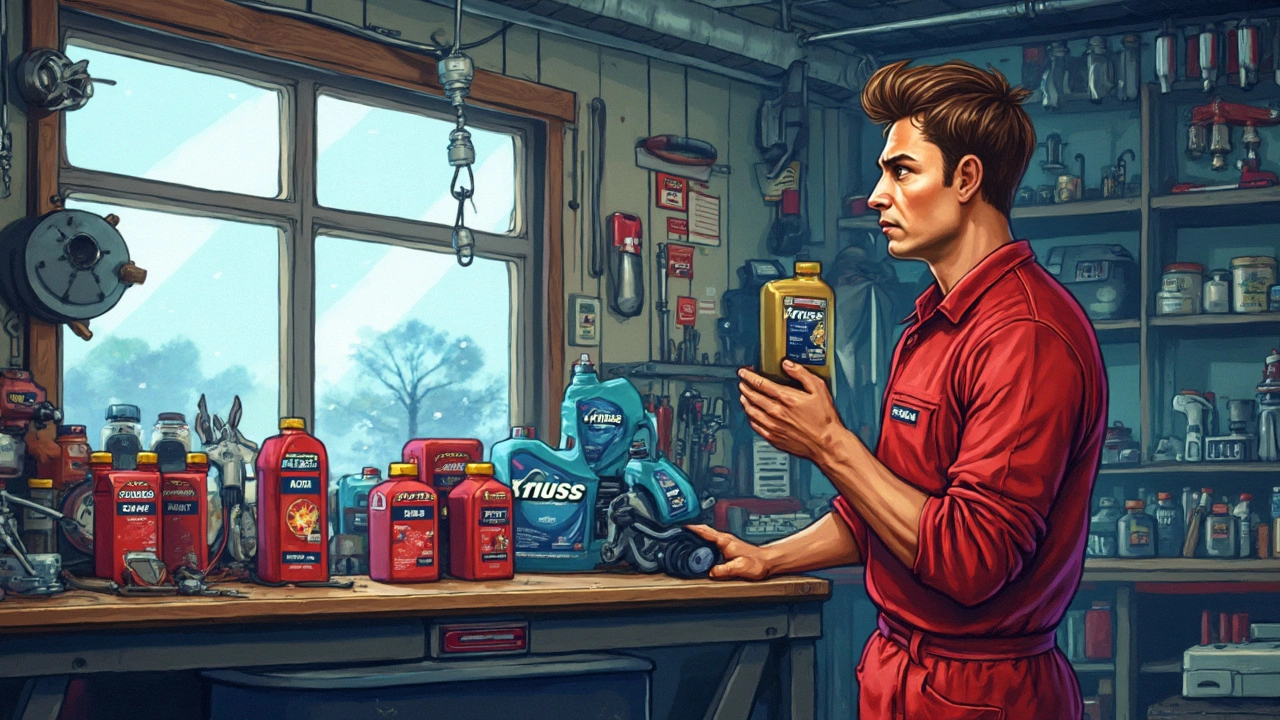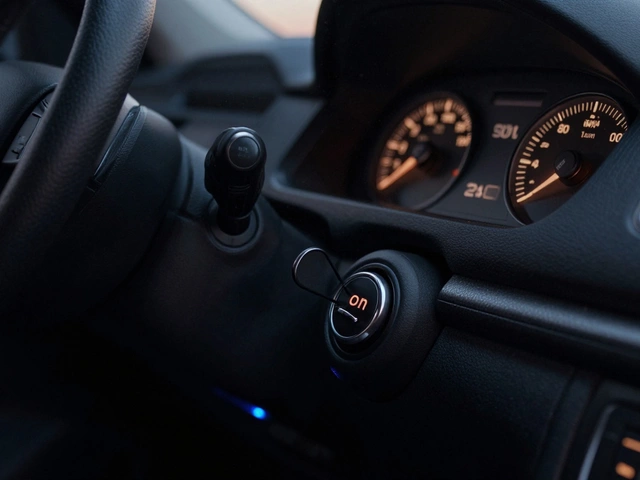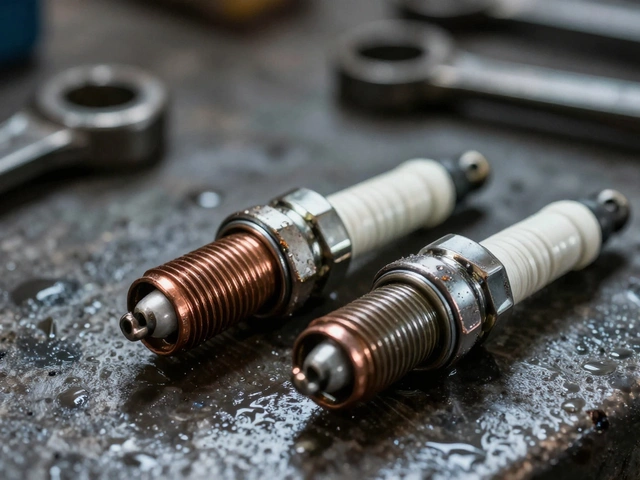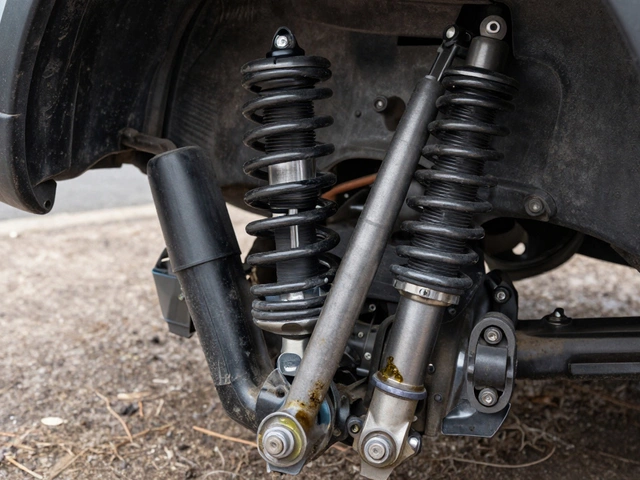Ever stood in the oil aisle, staring at all those bottles, and wondered why on earth there are so many types? Let's dig into something that's puzzled a lot of folks: Can you actually swap out 10W-30 with SAE 30 and not regret it later? Well, it’s more than just a numbers game.
First, let's break down the basics of those numbers. SAE 30 is a single-grade oil, which means its viscosity or 'thickness' stays the same regardless of the temperature. On the other hand, 10W-30 is a multi-grade oil. The '10W' indicates that it's thinner when cold, like in winter ('W' for winter, neat right?), and it thickens up to a 30 at normal engine operating temperatures.
This all sounds a bit technical, but hang in there; it's easier than you think. The key player here is temperature. If you live where it's blazing hot, SAE 30 might do the trick just fine for lawnmowers or older engines. But, modern engines and colder climates? You might wanna stick with 10W-30.
- Understanding Oil Viscosity
- Differences Between SAE 30 and 10W-30
- When to Use Each Type
- Impact of Climate on Oil Choice
Understanding Oil Viscosity
So, what is viscosity anyway? It's basically fancy talk for how thick or runny the oil is. Think of it like syrup: some are runny, some are thick. In oil terms, this 'runniness' is super important because it tells us how well the oil is going to protect and lubricate your engine.
The engine oil viscosity is measured in a couple of ways. We've got the simple single-grade oils, like SAE 30, and the more adaptable multi-grade oils, like 10W-30. When we compare these, it's kind of like comparing a single-coat jacket to a fancy jacket that adjusts to both winter and spring.
Let’s get into the numbers. The first part of multi-grade oils (like the '10W' in 10W-30) basically tells you how the oil flows in cold conditions—like at startup, when the engine is cold. The lower this number, the more easily the oil flows, which is crucial when it’s freezing outside. Once the engine heats up, the oil’s thickness is measured by the second number (the ‘30’ part). This number is essentially about how well the oil copes with the heat when the engine is running.
Why does this matter? Well, the right viscosity can help with lubrication, preventing wear and tear by keeping metal parts from grinding against one another. Improper viscosity might lead to more friction and, over time, serious engine damage. And nobody wants that!
Here's a quick comparison that might help:
| Oil | Flows in Cold | Thickness in Heat |
|---|---|---|
| SAE 30 | Thicker | Thick |
| 10W-30 | Thinner | Thick |
Understanding this stuff isn't just for grease monkeys. It's about making sure your engine runs smoothly, especially if you want your ride to last. Different climates and engine types will have different needs—so when in doubt, checking your car’s manual or talking to a professional can save you time and prevent headaches.
Differences Between SAE 30 and 10W-30
Alright, let's get to the nitty-gritty between these two: SAE 30 and 10W-30. These numbers aren't just random; they're a secret code to better engine performance. The big difference here is all about how the oil behaves as the temperature changes.
SAE 30 is what's called a single-grade oil. Its thickness, or viscosity, doesn't really care whether it's the peak of summer or a chilly winter day—it's gonna stay pretty constant. This makes it a good all-rounder for older engines or equipment like lawnmowers, which don’t need to operate under a wide range of temperatures.
Now, 10W-30 is a bit more flexible; it's a multi-grade oil. The '10W' part tells you it's thinner when it's cold. As temperatures drop (let's say you're hitting the road on a frosty morning), this oil still flows nicely, protecting your engine's most delicate parts right from the start. As the engine heats up, it thickens to a 30 weight, providing that same sturdy protection as SAE 30 would at operating temperature.
If you're driving a modern car or live in a place where seasons actually exist, 10W-30 can be your engine's best buddy. It gives you flexibility, handling temperature changes without breaking a sweat.
To sum it up in plain terms: if you’re into low-tech engines in a steady climate, SAE 30 could work just fine. But if you want something that can adapt to temperature swings and run modern engines smoothly, 10W-30 is the way to go. Choose wisely and your engine will thank you!
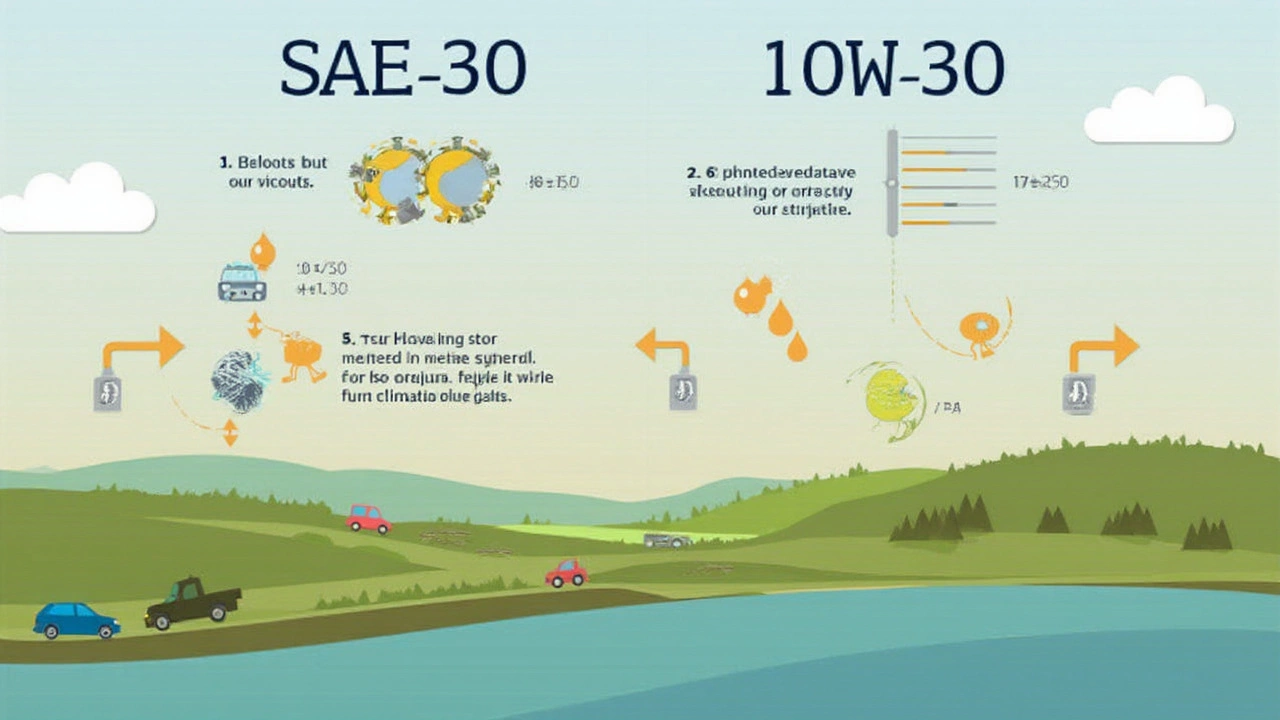
When to Use Each Type
So, you've got two bottles in front of you - SAE 30 and 10W-30 - and you're trying to figure out which one to pick. It's not a one-size-fits-all answer, so let's break it down.
SAE 30 is your go-to for engines that don’t deal with crazy temperature changes. Think lawnmowers, tractors, or maybe your old-school ride that stays in a warm garage. If it’s consistently warm in your neck of the woods, SAE 30 works like a champ. It keeps the engine parts protected without the need to adjust to colder temperatures.
Then there's 10W-30, which shines when you’re facing a mix of climates. Say you're in a place that throws a curveball with cold mornings and warm afternoons. Or maybe it snows one day and sweats the next in spring. This oil’s perfect for those conditions because it adapts. The '10W' part of the oil is designed to flow easily in colder temperatures, ensuring your engine doesn't struggle to start on a chilly morning.
Now, what about modern engines? Most newer cars, trucks, and SUVs are crafted with tighter tolerances and might face warranty issues if they don’t run on manufacturer-specified multi-grade oils like 10W-30. To avoid headaches down the line, grabbing that 10W-30 could save you a world of concern.
To make it clearer, here's a simple guideline:
- Use SAE 30: Consistently warm climates, older or stationary engines.
- Use 10W-30: Fluctuating temperatures, modern engines, ensuring warranty safety.
Remember, picking the right engine oil isn’t about being fancy; it’s about knowing what works for your circumstances and sticking with it. Consider your climate, your engine type, and any manufacturer's specs before pouring that oil in.
Impact of Climate on Oil Choice
Alright, let's talk about how the weather changes the game when it comes to picking the right engine oil. It's not just about what's inside your engine but also what's happening outside. Believe it or not, the temperature where you live has a huge say in whether SAE 30 or 10W-30 is the right call.
So, why does this matter? In cold weather, engines need oil that flows easily when they start up, which is exactly where multi-grade oils like 10W-30 shine. That '10W' stands for its viscosity in winter, meaning it stays thinner in cold temperatures. This helps your engine crank up easily on chilly mornings without working too hard.
Now, if you happen to live somewhere toasty or typically deal with machinery that doesn’t run during cold months, SAE 30 could fit the bill. It's a straight-up single-weight oil, doing its best in warmer climates or older engines that don't have those fancy, modern demands.
Also, consider that most car manufacturers lean towards recommending multi-grade oils like 10W-30 because they're versatile across seasons. But suppose you're revving up a vintage tractor or pushing your lawnmower only on sunny days – then SAE 30 might just be your pal.
In the end, don’t just wing it. Peek at your owner's manual, check what’s best suited for your local climate, and make sure your engine's ready to purr smoothly, no matter what Mother Nature throws your way.
